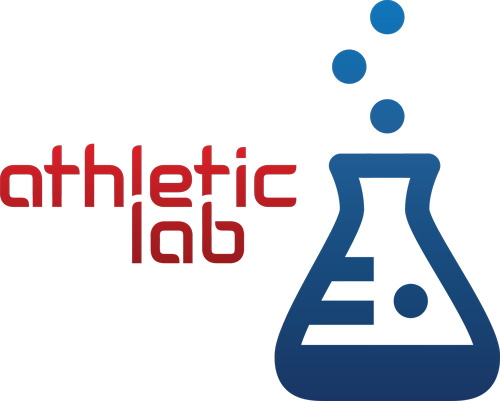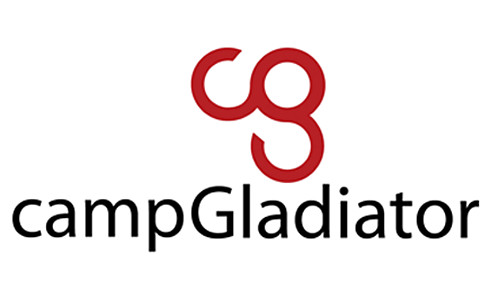Author: Kristin Bockelman, MS, LAT, ATC
Blood flow restriction (BFR) has been researched and studied for over the last 20 years and has increased in clinical use over the last decade. In our performance clinics we utilize the Delfi system, which is a personalized blood flow restriction machine. The advantage of a personalized system like the Delfi, is that the pressure is specific to each individual patient. This ultimately creates a safer and more consistent approach to the BFR being applied at each session rather than estimating the occlusion with an elastic band.
Research shows that to make strength gains and create hypertrophy (making gains in the actual size of the muscle), one has to lift loads at or above 60% of their one rep max. There are a few problems with this strength tactic however, that BFR helps to solve. Some studies show that it can be mildly inaccurate to calculate a one rep max with a formula, and since we are predominantly working with an acutely injured individual, it would not be the best practice to ask a patient to work at or above 60% while simultaneously protecting the integrity of the healing soft tissue or joint. Further, after a surgical procedure or injury, patients are often limited to performing low-load resistance exercises (which is often just body weight), which don’t have the same strength and muscle hypertrophy benefits as a high load rep.
So how do we increase strength and create hypertrophy if our patient is injured? Blood flow restriction! With a BFR machine attached, it allows the patient to perform a low intensity exercise (body weight squats, step ups, arm lifts, wrist curls etc.) while theoretically getting the benefits of a high load exercise. It is believed that by combining the hypoxic environment that the BFR creates and an exercise at 20-40% of the patient’s one rep max, the patient still gets the high load physiological benefits of increased muscle mass and increased metabolic stress, leading to strength gains.
Studies show that even without exercise being completed, just having the BFR applied to an injured limb, can be beneficial to preventing the decrease of the amount of strength that is lost after injury, surgery, or being immobilized for a period of time. This can be especially helpful if a patient is unable to complete full range exercises due to pain or even lack the strength to complete a full motion.
The typical use of of a BFR machine is applying it to the proximal end of the affected limb (so either at the top of the thigh, or near the armpit area of the arm), calibrating it to the personalized limb occlusion pressure, and then completing a low intensity exercise. As mentioned previously, the exercises can be as simple as riding a bike, completing a straight leg raise, or more dynamic like a squat or arm lifts with weights. We even recently had a patient tell us their gym utilized BFR machines while rock climbing to build functional strength!
While BFR may seem targeted towards a young athletic population, it has shown to have benefits with the military, post-surgical patients with doctor and therapist approval, as well as patients with arthritic joints. It can especially be beneficial to the patient with arthritis, as it allows the patient to get the muscle building benefits of a high loaded exercise that help support the joint, but is less taxing on the aggravated and inflamed joint.
There are contraindications to be aware of prior to utilizing the BFR in a session, and these include a history of hypertension, diabetes, stroke, DVT, cardiac disease, active infections, pregnancy, clotting disorders, vascular inefficiencies and compromised circulation, and sickle cell trait or disease. Check with your physician and physical therapist to see if this treatment option is right for you prior to use.
Contact our Performance Centers to learn more!
About the Author:
Kristin Bockelman is an Athletic Trainer (ATC), member of the National Athletic Trainer Association and licensed Athletic Trainer (LAT) through the North Carolina Board of Athletic Trainer Examiners. Kristin graduated from Grand Valley State University in 2012 with her Bachelor of Science degree in Athletic Training. She spent the next 2 years as a Graduate Assistant Athletic Trainer at Georgia Southern University, earning her Master of Science degree in Kinesiology.
While at Georgia Southern, Kristin was the athletic trainer for the co-ed and all-girl’s cheer teams, and the women’s swimming and diving team. Following Georgia Southern, she spent 4 years as an Assistant Athletic Trainer at Gardner-Webb University working primarily with the men’s and women’s swimming program, as well as being an adjunct professor for the undergraduate athletic training education program. Kristin joined Raleigh Orthopaedic Clinic in 2018 as the outreach athletic trainer for Saint Mary’s School, and joined the staff at the Performance Center in 2020.









